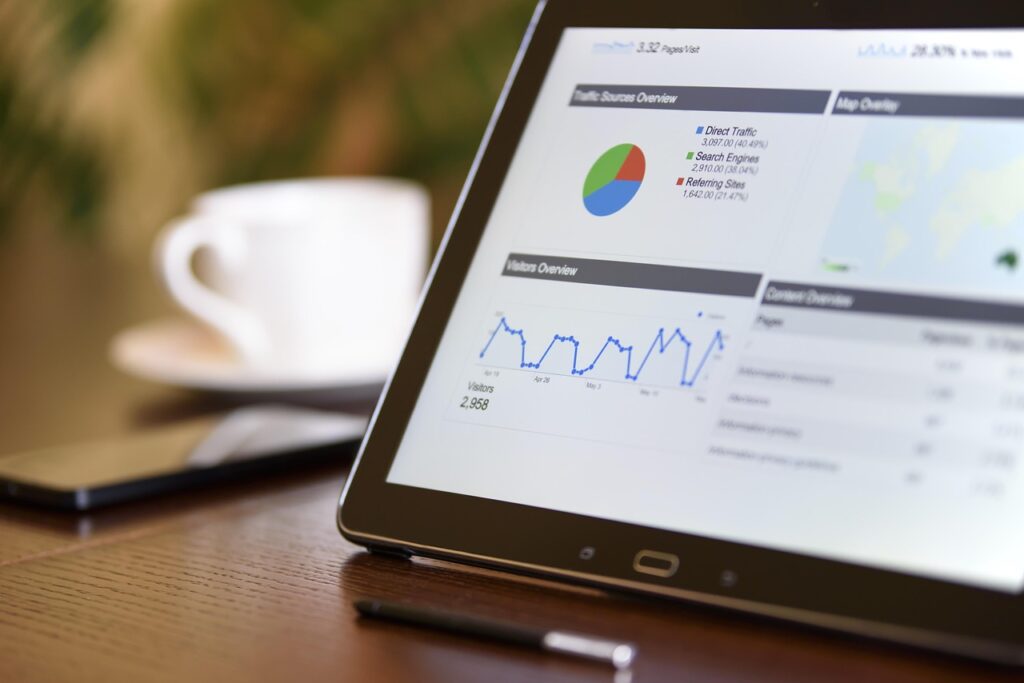In today’s digital era, Information Technology (IT) plays a central role in how people work, communicate, and live. From the smartphones in our pockets to the cloud systems powering global businesses, IT has become the backbone of modern society. But what exactly is information technology, and why is it so important? This article will provide a comprehensive overview of IT, its core components, benefits, challenges, and future trends.

Definition of Information Technology
Information Technology, commonly abbreviated as IT, refers to the use of computers, networks, software, and other electronic systems to create, process, store, secure, and exchange information. Simply put, IT is the practice of managing and using digital systems to handle data.
Unlike traditional technology, which might focus on physical tools or machinery, IT specifically deals with information and how it flows in digital environments. It is the foundation of almost every modern innovation, from social media platforms to artificial intelligence.
Key Components of IT
IT covers a broad range of tools and processes. The most important components include:
- Hardware
Hardware refers to the physical devices used in IT systems, such as computers, servers, data centers, networking devices, and mobile devices. - Software
Software includes the programs and applications that run on hardware. Examples are operating systems (like Windows or Linux), office tools, enterprise software, and mobile apps. - Networks
Networking connects hardware and software together. This includes local area networks (LAN), wide area networks (WAN), and the internet. Networking ensures that data can flow between systems securely and efficiently. - Databases and Storage
Information must be stored and organized properly. Databases and cloud storage solutions allow organizations to manage large volumes of data for business and personal use. - Cybersecurity
With the rise of digital systems, protecting information from hackers, viruses, and unauthorized access is essential. Cybersecurity includes firewalls, encryption, antivirus software, and security protocols. - Human Resources (IT Professionals)
Behind every IT system are the experts who design, build, and maintain it. IT professionals include software developers, system administrators, network engineers, and data analysts.

Importance of Information Technology
IT is crucial in nearly every sector of society. Some of the main reasons include:
- Business Efficiency: Companies use IT systems to manage operations, automate processes, and improve communication.
- Education: Online learning platforms and digital resources have transformed how students access knowledge.
- Healthcare: IT allows electronic health records, telemedicine, and AI-assisted diagnostics.
- Government: Digital services, e-voting, and secure databases improve efficiency and transparency.
- Daily Life: From online shopping to social networking, IT makes everyday tasks easier and faster.
In short, IT provides the infrastructure that powers our digital economy and connected world.
Benefits of Information Technology
- Increased Productivity
Automation and digital tools allow tasks to be completed faster and with fewer errors. - Global Connectivity
IT connects people worldwide, enabling real-time communication and collaboration regardless of location. - Cost Savings
Businesses can reduce costs by adopting cloud computing, remote work systems, and process automation. - Access to Information
The internet provides instant access to knowledge, empowering individuals and organizations to make better decisions. - Innovation
IT drives innovation in fields like artificial intelligence, blockchain, big data, and the Internet of Things (IoT).

Challenges in IT
While IT offers many benefits, it also faces challenges:
- Cybersecurity Threats: Hackers and malware can compromise sensitive information.
- Data Privacy Concerns: As more personal data is collected, protecting privacy becomes increasingly difficult.
- Rapid Technological Change: IT evolves quickly, requiring constant updates and new skills.
- Digital Divide: Not everyone has equal access to IT, creating gaps between regions and communities.
- High Costs: Implementing advanced IT infrastructure can be expensive for small businesses or developing countries.
The Future of Information Technology
Looking ahead, IT will continue to shape the world in new and exciting ways. Some trends include:
- Artificial Intelligence (AI) and Machine Learning: Systems will become smarter and more autonomous.
- Cloud Computing: More businesses will rely on cloud services for storage and operations.
- 5G Networks: Faster internet speeds will improve connectivity for devices and applications.
- Internet of Things (IoT): Everyday objects will become connected, from cars to household appliances.
- Quantum Computing: A new era of computing that could solve problems impossible for today’s systems.
As these trends develop, IT will remain a key driver of innovation, economic growth, and social progress.

Conclusion
In conclusion, Information Technology (IT) is the foundation of the modern digital world. It combines hardware, software, networks, databases, and cybersecurity to manage and share information effectively. IT is not only essential for businesses but also impacts education, healthcare, government, and daily life. While challenges such as cybersecurity and privacy remain, the future of IT holds incredible potential with advancements in AI, cloud computing, and quantum technology.
By understanding IT and its applications, individuals and organizations can better prepare for a future that will be even more connected, digital, and innovative.



